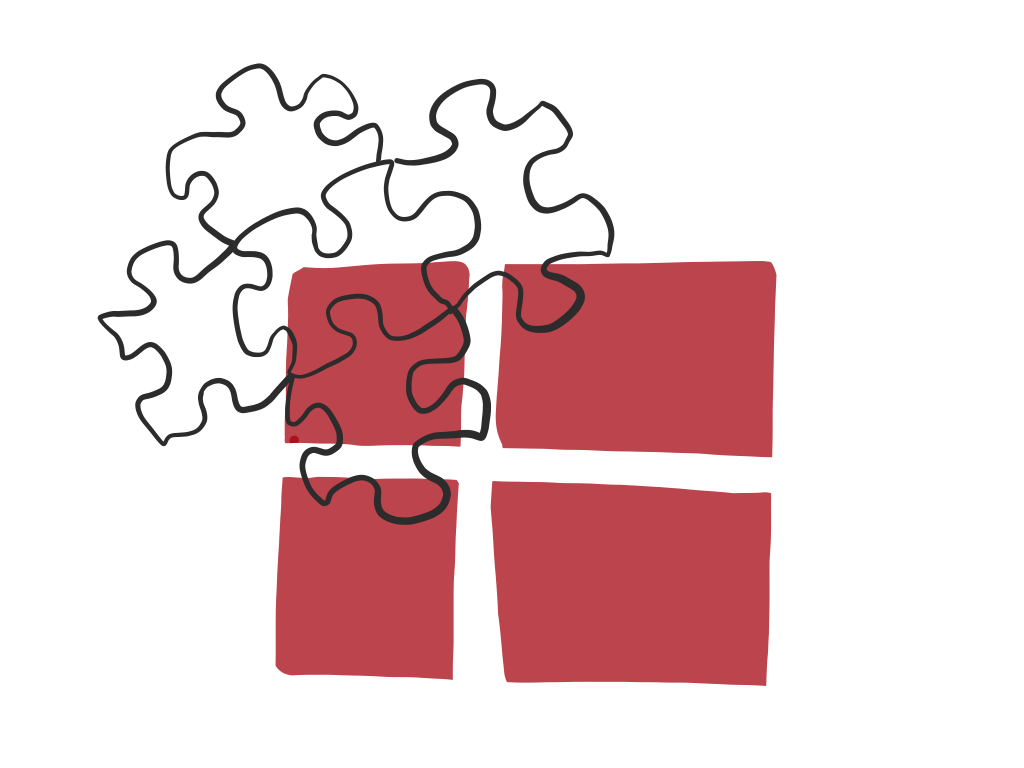Language is a hallmark of the human species; the flexibility and unbounded expressivity of our linguistic abilities is unparalleled in the biological world. As such, language poses fundamental questions for the cognitive sciences: How did language evolve in response to environmental and biological forces? How is language acquired by each new generation? And how is language processed in everyday momentary social interactions? These questions have typically been treated as separate topics, but in the CSL Lab we approach them as interdependent, allowing each to shed light on one another.
Language as Shaped by the Brain
In the CSL Lab, we view language evolution through the lens of cultural evolution, constrained by the human brain.
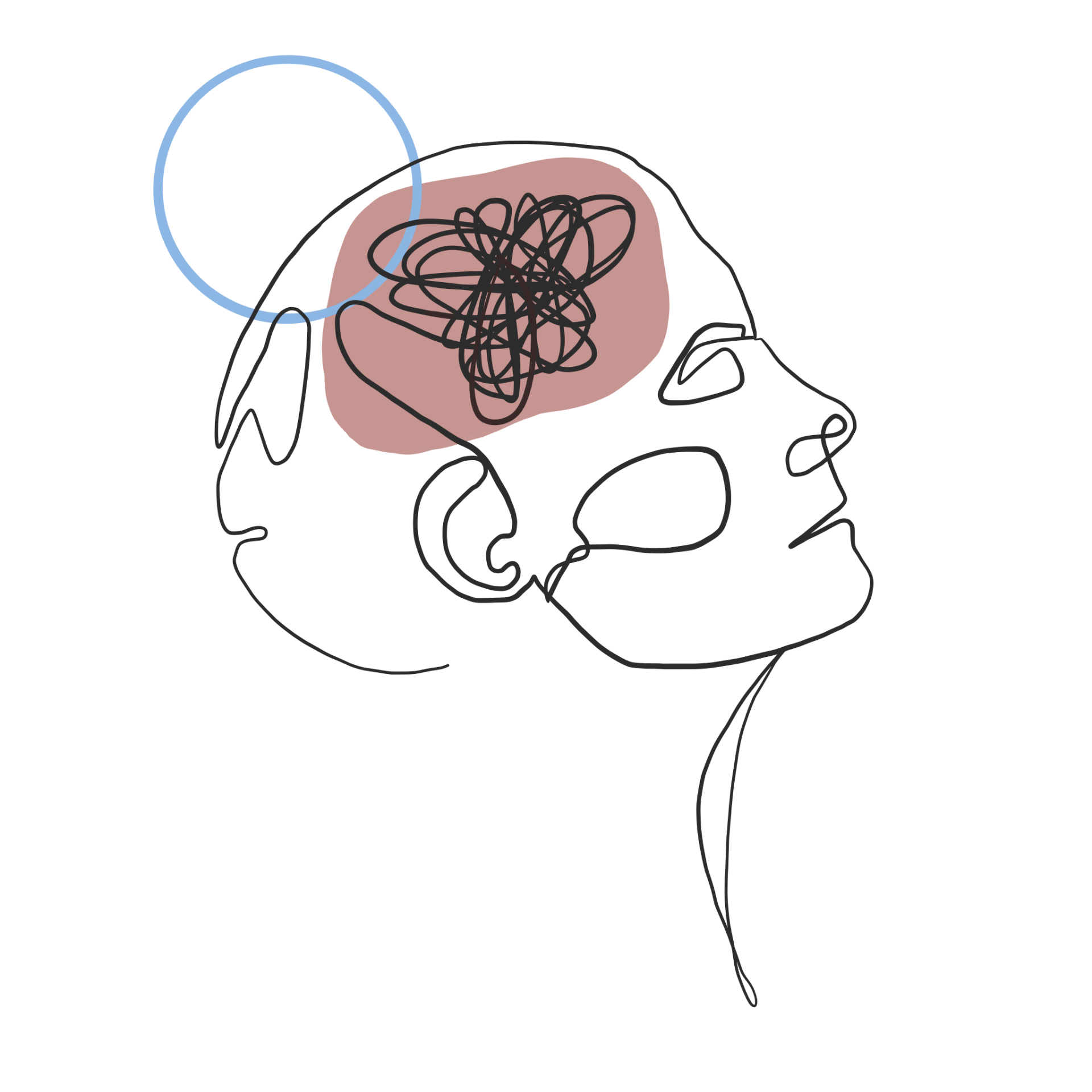

Now-or-Never Bottleneck
CSL Lab research investigates how the basic memory process of chunking allows us to use language in the here and now.
Language as Skill
Language acquisition is often construed as a problem of discovering an abstract grammar but in the CSL Lab we pursue the idea that language acquisition is like learning a skill.
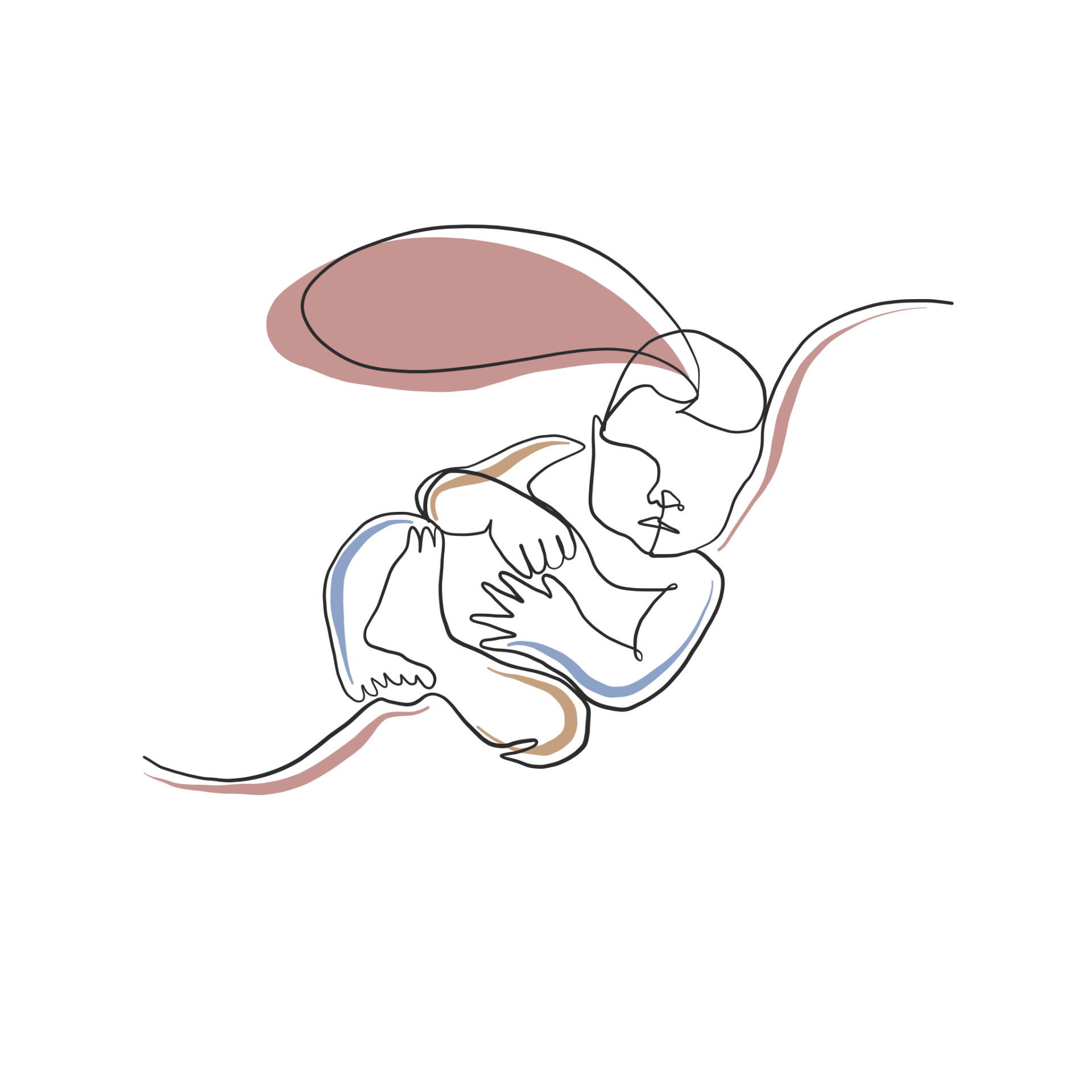
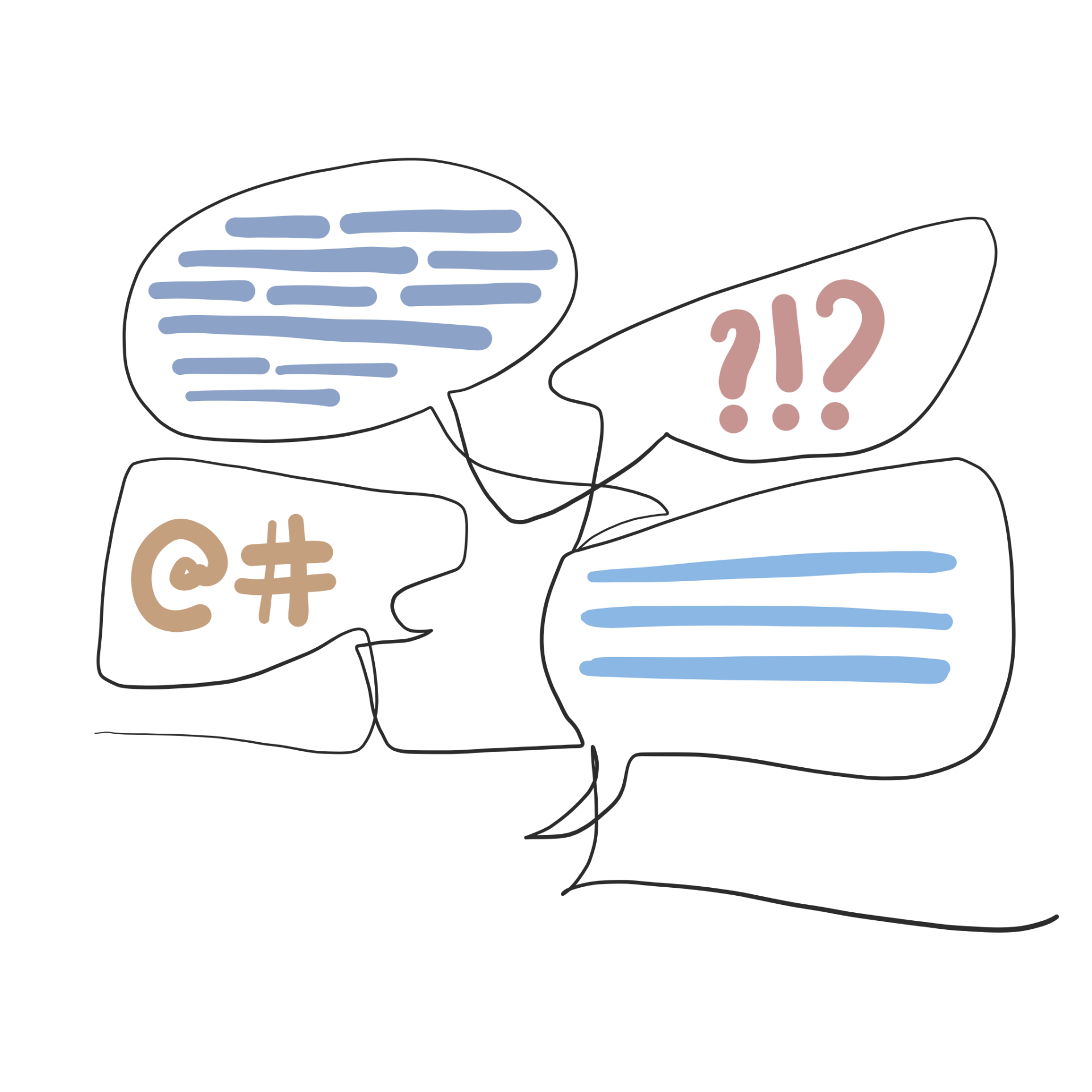
Conversation
In the CSL Lab, we study language as being fundamentally collaborative and improvisational—conversation as the foundation for language.
Statistical Learning and Language
We study how sensitivity to statistical patterns in the environment can help us learn about language and the world.
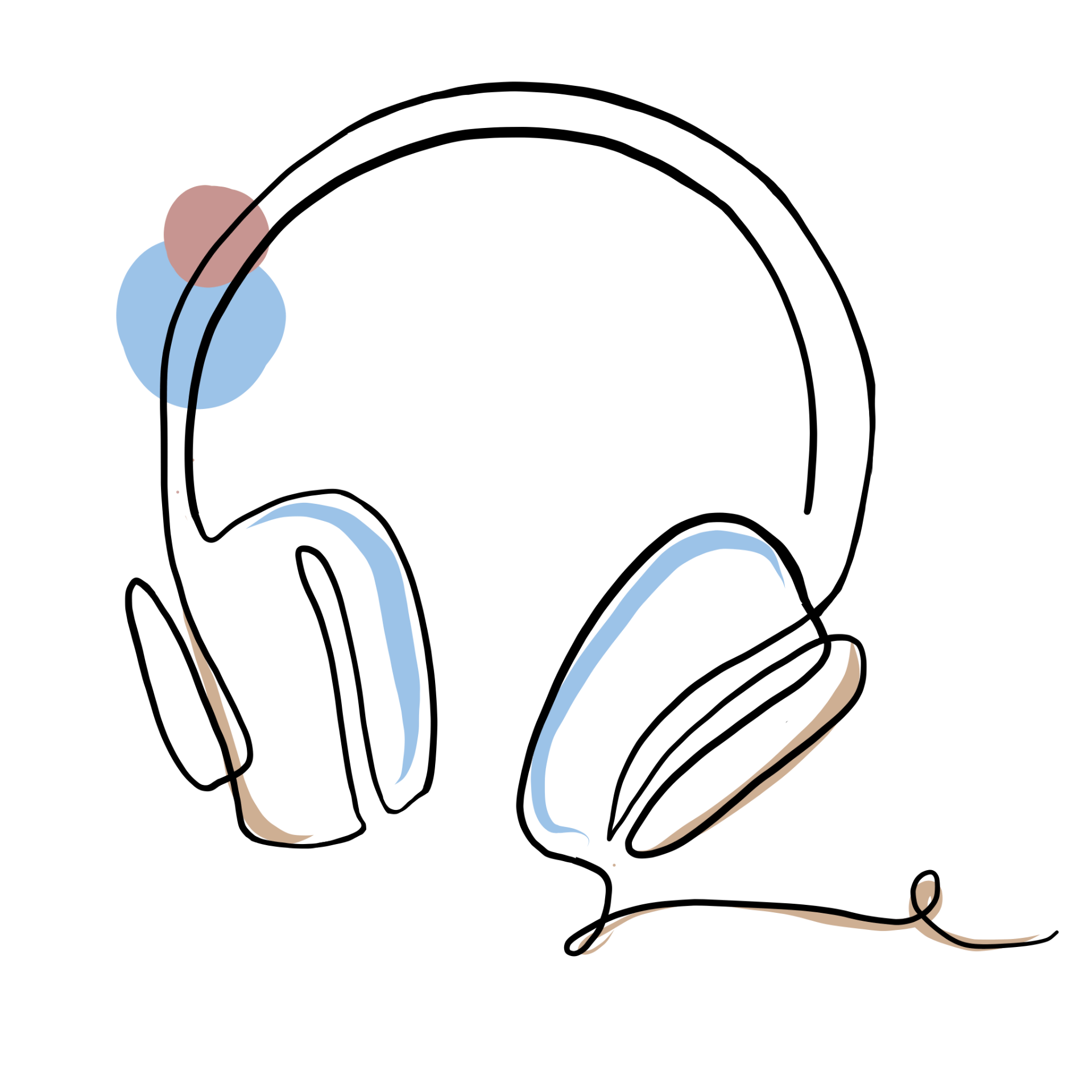
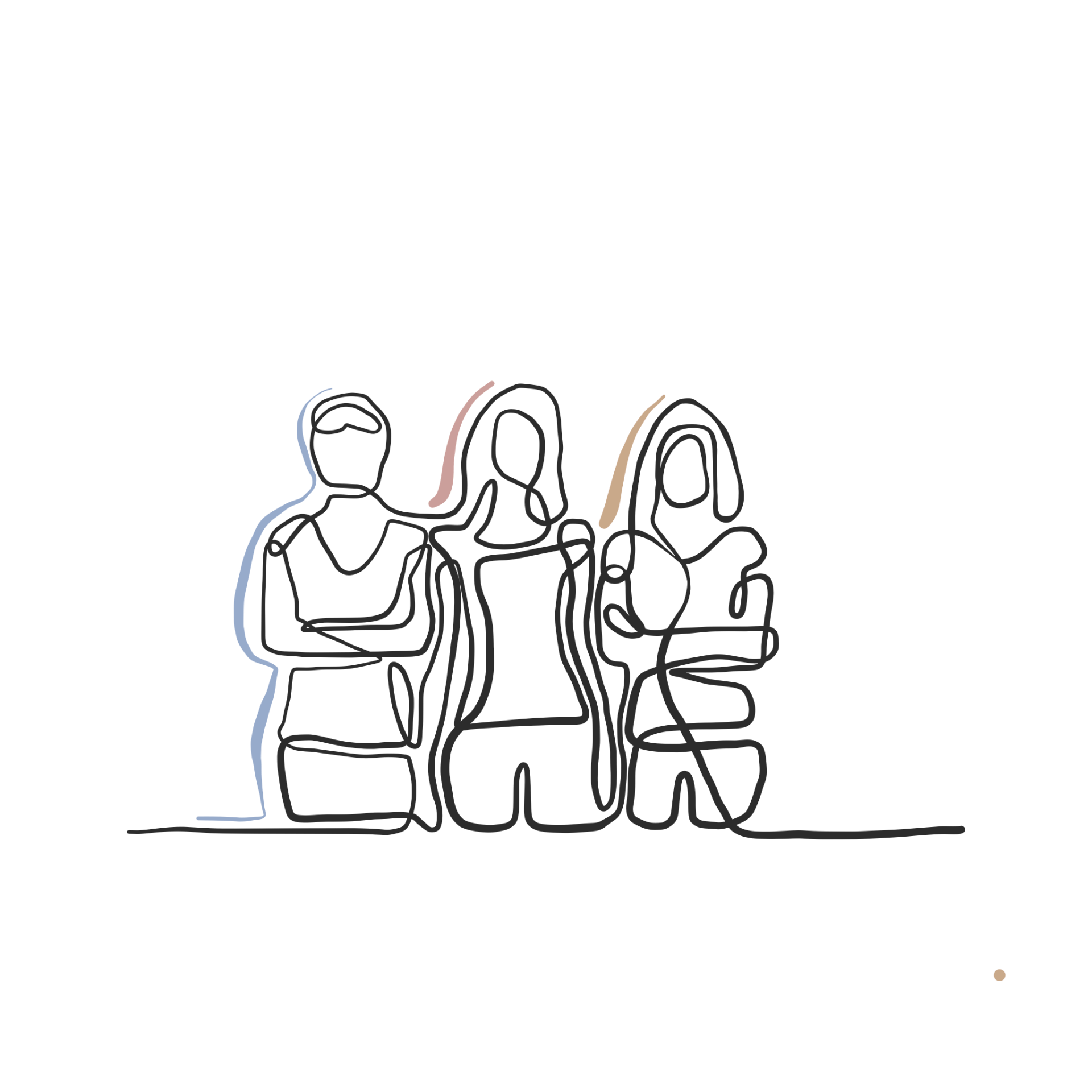
Individual Differences
In the CSL Lab, we examine how individual differences in people’s language skills relate to how good they are at other cognitive tasks, such as chunking or statistical learning.
The Puzzle of Danish
We use the case of Danish to challenge the longstanding assumption that all languages are essentially the same.
